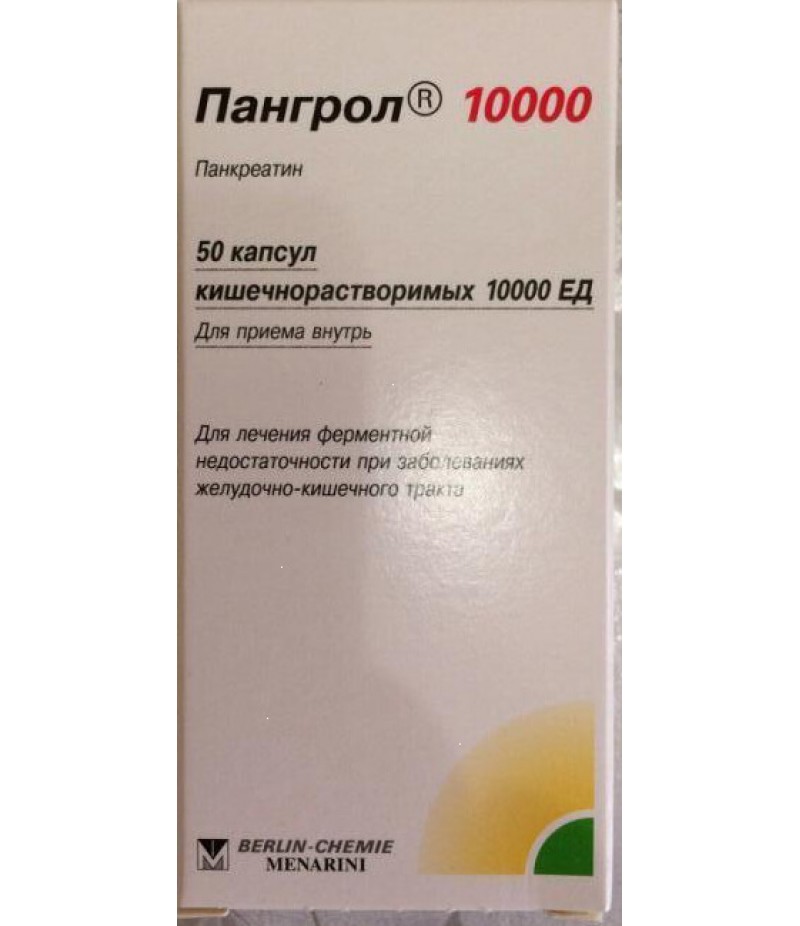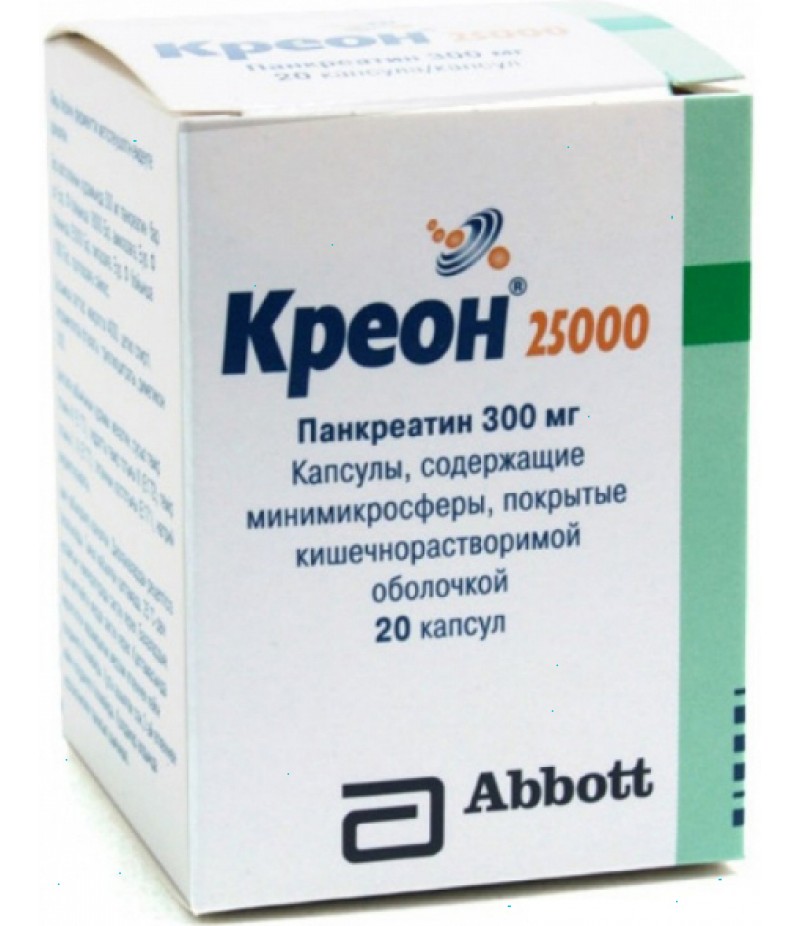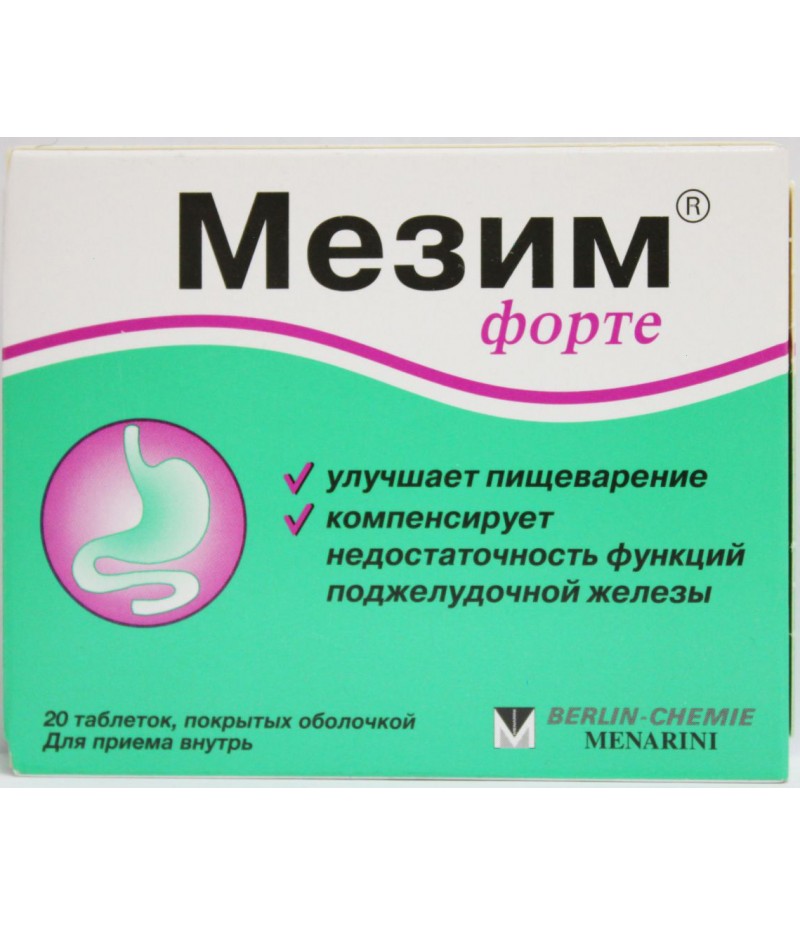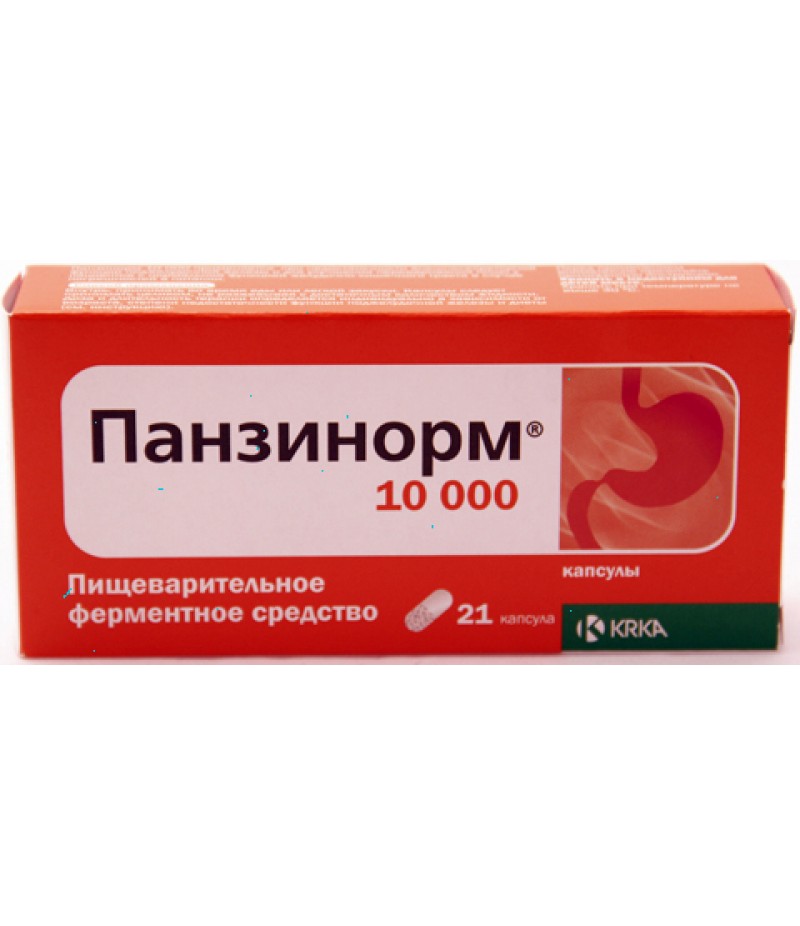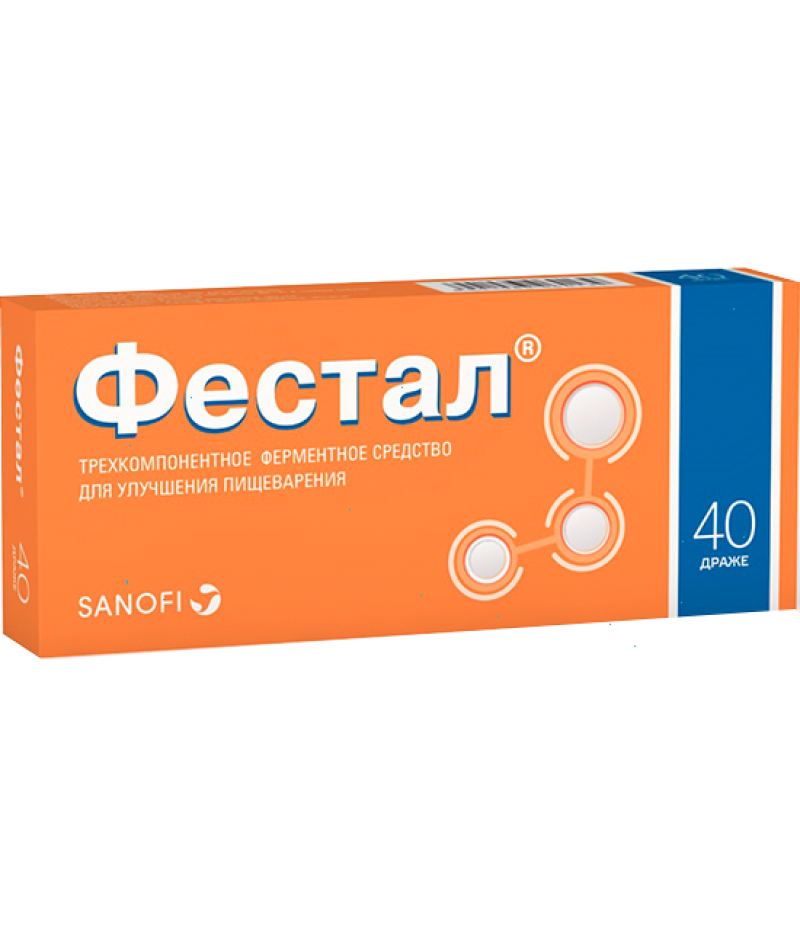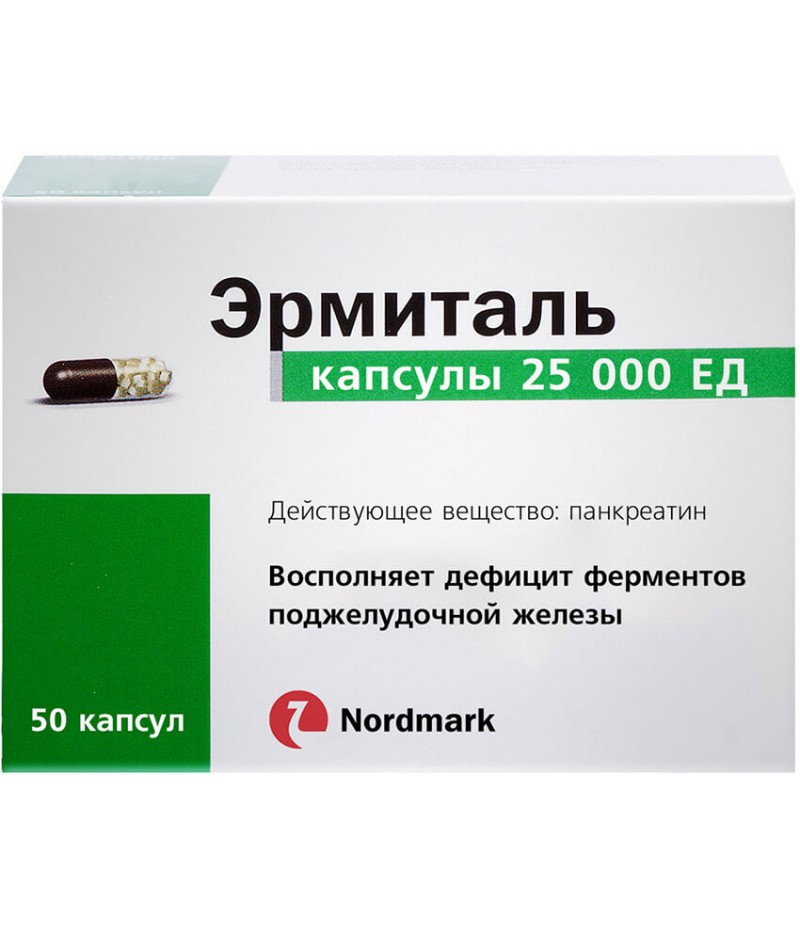Pangrol 10000 caps #50
- $31.62
- 3 or more $30.99
- Availability:In Stock
Pangrol user manualReed more and buy Pangrol 10000 on this pageCompositionIn one intestine-soluble capsule of the drug Pangrol 10000 contains mini-tablets covered with a special coating, the core of which contains 153.5 mg. an act..
Tags: caps
Pangrol user manual
Reed more and buy Pangrol 10000 on this page
Composition
In one intestine-soluble capsule of the drug Pangrol 10000 contains mini-tablets covered with a special coating, the core of which contains 153.5 mg. an active ingredient such as pancreatin.
In addition, the drug contains such auxiliary elements as: magnesium stearate (0.84 mg), croscarmellose sodium (5.1 mg), hydrogenated castor oil (1.7 mg), colloidal anhydrous silicon dioxide (0, 84 mg.), As well as microcellulose (8.5 mg.).
The shell of enteric mini-tablets contained in capsules of Pangrol 10000 consists of a mixture of such compounds as talc (5 mg), 30% dispersion of the copolymer of ethyl acrylate and methacrylic acid in a 1: 1 ratio (25 mg), triethyl citrate (2.5 mg.), 30% simethicone emulsion as a dry mass (0.01 mg.).
The capsule contains the following chemical compounds: gelatin, titanium dioxide and such dyes as indigo carmine, yellow and red iron oxide, and E104 (quinoline yellow).
The chemical composition of a single enteric capsule of Pangrol 25000 contains mini-tablets with 356, 1 mg. pancreatin. The following components are present in the core of the drug: microcellulose (19.7 mg), croscarmellose sodium (11.8 mg), silicon dioxide (1.97 mg), magnesium stearate (1.97 mg) and castor hydrogenated oil (3.96 mg).
The mini-tablet shell is a mixture of the following components: talc (11.6 mg), 30% dispersion of the copolymer (1: 1 ratio) methacrylic acid and ethyl acrylate acid (57.9 mg), triethyl citrate (5.8 mg). , 30% dry emulsion of simethicone (0.03 mg).
The following components are present in the capsule and casing of the enteric-soluble capsule Pangrol 25000: titanium dioxide, gelatin and dyes (indigocarmine, iron oxide, yellow and red, and yellow quinoline).
A single tablet of Pangrol 20,000 contains pancreatin, as well as lactulose monohydrate, microcrystalline cellulose (MCC), crospovidone, silicon dioxide, magnesium stearate, methacrylic acid-ethyl acrylate copolymer, methyl hydroxypropylcellulose, simethicone emulsion, talc, macrogol 6000, polysorbate 80 and sodium carboxymethylcellulose.
The composition of the three medicinal forms of the preparation of the capsules Pangrol 10000, Pangrol 25000, and Pangrol 20000 tablets is characterized by the minimal activity of such constituents of the active compound as proteases (500 units, 1250 units and 900 units), lipases (10,000 units, 25,000 units and 20,000 units ), as well as amylases (9000 ED, 22500 ED and 12 ED).
Form of issue
Pangrol 10000 and 25000 are issued in the form of capsules (opaque, gelatinous, solid) No. 2 and No. 0, respectively, which have a cylindrical shape. The capsule case is distinguished by its light orange color, and the capsular cover is a yellow-green hue. The contents of the capsules of the preparation are mini-tablets, which also have a cylindrical shape, differ in the light-beige color of the enteric coating and the shiny surface.
As a rule, a polypropylene bottle containing 20, 50 or 100 capsules is contained in Pangrol's carton 10000 and 25000 cartons. Pangrol 20000 is a biconvex intestine-soluble tablets coated with a drug coating, having a smooth surface and differing in gray-white color. Tablets are packaged in blisters and placed in cardboard packages of 20 or 50 pcs.
pharmachologic effect
The drug belongs to the group of digestive-enzyme medicines. Pangrol helps to compensate for the deficiency of enzymes necessary for the normal functioning of the pancreas, and also has proteolytic, lipolytic, and also amylolytic effects on the human body.
Pharmacodynamics and pharmacokinetics
Pancreatin or the active drug substance contained in the composition of Pangrol is a powder that is obtained during processing of porcine pancreas. The enzymes contained in the powder have a positive effect on the process of digestion and accelerate the breakdown of fats, carbohydrates and proteins, and, in addition, help in the normalization of the pancreas.
Due to the fact that the preparation contributes to the complete digestion of food, the medicine removes the symptoms of such digestive disturbances as shortness of breath resulting from the accumulation of gases and overfilling of the stomach, a feeling of heaviness and pain in the stomach, and flatulence. The drug stimulates the pancreas, the small intestine and the human stomach to produce enzymes involved in the digestive process.
Bile extract, which is part of Pangrol, enhances the emulsification of fats and acts on the body choleretically, i.e. increases the activity of lipase, thereby improving the digestion and absorption of the stomach by important fat-soluble vitamins of group E, A and K, as well as fats entering the body with food.
Capsules and Pangrol tablets are coated with a specialized acid-resistant coating that helps protect the drug from gastric juice until the drug enters the small intestine. The capsule shell dissolves rapidly and releases mini tablets containing enzymes, which in turn mix with the contents of the intestine, thus ensuring the necessary level of enzymes and their uniform distribution.
For effective drug exposure, it is important to maintain a neutral or slightly alkaline pH in the small intestine. Pangrol is not absorbed by the digestive tract and is excreted from the body with feces.
Indications for use
Pangrol is used in the substitution therapeutic treatment of both adults and children in violation of the exocrine function of the pancreas, as well as with relative enzyme deficiency caused by such diseases as:
pancreatic cancer or narrowing of the duct, coupled with the presence of gallstones or malignant tumors;
Pancreatitis, including acute or chronic stages of the disease;
Syndrome Shvahmana-Diamond;
intestinal infections;
irritable bowel syndrome;
disorders of the gastrointestinal tract of a functional nature;
cystic fibrosis.
In addition, the preparation is used to prepare for ultrasound or X-ray examination of the abdominal cavity, as well as to restore the normal operation of the pancreas and stomach after surgery, for example, after resection or as part of a complex therapeutic treatment after irradiation in the presence of symptoms such as diarrhea, not digestion of food and flatulence.
Contraindications
Pangrol is contraindicated in:
acute pancreatitis;
hypersensitivity to the components of the drug;
exacerbation of pancreatitis.
Side effects
During the preparation, side effects such as nausea, bloating and vomiting, as well as diarrhea, abdominal pain and other digestive system disorders can occur. Quite rare in patients there is an allergic reaction to Pangrol, which, as a rule, is expressed in the appearance of itching, hives, or rashes on the skin. If any of the above conditions are found, stop using the medicine and consult a doctor.
Instructions for use Pangrol 10000 (Method and dosage)
Capsules and Pangrol tablets are taken with food without chewing and swallowing whole, squeezed with liquid, preferably with ordinary water at room temperature. The dosage of the drug is determined by the doctor and depends on the patient's condition, severity and form of the disease. For the preparation in capsules the following average therapeutic doses are provided:
adults - 2-4 or 1-2 capsules Pangrol 10000 and 25000 respectively;
children - at the rate of 500-1000 units of lipase per kilogram at each meal.
In accordance with the instructions for Pangrol 20,000 tablets take 1-2 pcs. during a direct meal. The average therapeutic dosage of the drug may vary depending on the disease, and also depends on the food that is included in the patient's diet. A physician can increase the daily dose of a drug containing in its chemical composition digestive enzymes, within the maximum allowed 15000-20000 units of lipase per kilogram.
The duration of treatment depends on the severity and type of the disease, as well as on the patient's state of health. In case the patient can not take the whole Pangrol capsule himself (elderly people or children), it is possible to pour its contents (mini-tablets) into a liquid, for example, into water or mix with food that does not require chewing (fruit puree). A mixture of food and mini-tablets should be immediately taken and stored.
In the treatment of cystic fibrosis, the dosage of the drug depends on the patient's body weight.
The initial dosage of Pangrol for children under 4 years is 1000 units of lipase per kilogram, and for children over 4 years, 500 units. During the use of the drug in pediatric therapeutic treatment, it is necessary to follow the diet to exclude the development of steatorrhoea.
Overdose
An overdose of the drug and an increase in the number of enzymes in the treatment of cystic fibrosis can signal such diseases as hyperuricemia, as well as hyperuricosuria.
Interaction
There is no reliable data on the drug interaction of Pangrol with other drugs.
Terms of sale
To buy Pangrol online you don't need a prescription.
Storage conditions
Keep out of reach of children at a temperature not exceeding 25 ° C.
Shelf life
2 years for capsules Pangrol 10,000 and 25,000;
3 years for tablets Pangrol 20000.
special instructions
In the treatment of cystic fibrosis in patients who received large doses of the drug, fibrosing colonopathy may occur. stricture of the ileum, thick and cecum. To avoid changes in the symptoms of the underlying disease before taking Pangrol directly, a medical examination should be carried out to ensure that the patient does not have colon lesions.
The drug does not affect the ability to drive vehicles and does not reduce the reaction rate when working with potentially dangerous mechanisms.
Pangrol 10,000 children
The regimen of the drug, the duration of treatment, as well as its dosage are determined by the doctor depending on the child's age, health status and severity of the disease.
In pregnancy and lactation
Although pregnancy and breastfeeding are not included in the list of absolute contraindications to the use of Pangrol, there are no reliable results of clinical studies aimed at detecting the effects of pancreatin on fetal development. Since the testing of pig pancreatic enzymes was carried out on animals and was successful, experts exclude the possibility of toxic effects of the drug on the development of the unborn child.
However, the use of Pangrol during pregnancy is possible only in the absence of contraindications, and is justified only if the intended use of the drug exceeds the possible negative consequences. Breastfeeding is allowed to take this medicine.
Reviews for Pangrol 10000
In the vast majority of cases, patients taking the drug, leave positive feedback about Pangrolet.
The only drawback of the drug is considered to be complexity with dosage. Since digestive problems are of an exclusively individual character, only the doctor can correctly select the dose, which makes it difficult to use the medication independently.

